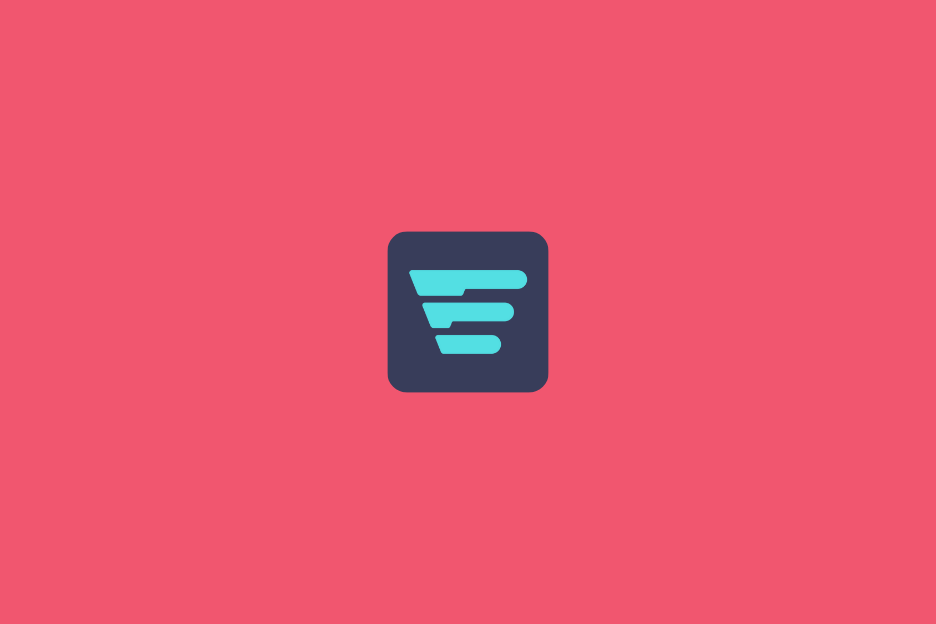The sporting goods industry is evolving faster than ever. Changing consumer habits, a renewed focus on health and fitness, and major advances in ecommerce technology are reshaping how sports brands sell — and how shoppers buy.
In 2026, the winners in sports retail will be those who combine digital performance, personalisation, and speed to deliver exceptional shopping experiences online and in-store.
The sports retail boom
According to recent forecasts, global participation in sport and recreational activities will exceed one billion people in 2025, driving the sports market past $1.1 trillion.
As consumers invest more in health, outdoor activities, and fitness tech, the demand for convenient, connected shopping experiences is soaring. Shoppers now browse, buy, and collect across multiple channels, expecting consistent experiences wherever they interact with your brand.
For sporting goods retailers, that means investing in ecommerce platforms that are fast, flexible, and built for growth.
Speed and performance are everything
In 2026, performance directly impacts profit.
Research shows that pages loading in under two seconds achieve the highest conversion rates, while anything slower risks abandoned carts and lost revenue.
A seamless, mobile-first experience is non-negotiable, from browsing to checkout. Retailers using modern ecommerce platforms can deliver the speed customers expect while maintaining full control over design, performance, and scalability.
Personalisation drives customer loyalty
Sports retail is becoming deeply personalised. Shoppers expect tailored recommendations, localised pricing, and marketing that reflects their lifestyle and goals.
From running enthusiasts to outdoor explorers, personalisation builds loyalty by showing customers you understand what motivates them.
Integrating data and analytics across every channel allows retailers to anticipate demand, optimise stock, and create smarter, more targeted promotions.
Brand authenticity and influencer partnerships
Sports consumers buy into communities, not just products.
Authenticity, sustainability, and inclusivity now shape purchase decisions, while social proof continues to be a powerful driver.
Partnerships with athletes, creators, and fitness influencers help brands connect authentically with audiences. But in 2026, the most effective collaborations come from micro-influencers who share genuine values and spark real engagement.
Your ecommerce presence should mirror this — with imagery, copy, and messaging that reflect your brand’s purpose as much as your product.
Omnichannel retail and real-time data
The future of sports retail is connected.
Consumers switch continuously between digital and physical touchpoints, researching online, trying in-store, and purchasing from wherever’s most convenient.
To stay ahead, sporting goods retailers must ensure real-time visibility across stock, pricing, and promotions. Integrated ecommerce platforms like Aero make it easy to sync inventory, automate workflows, and deliver consistent experiences across every channel.
The rise of high-performance ecommerce platforms
Legacy platforms can’t keep up with the pace of modern retail.
A new generation of ecommerce technology is giving sports brands the freedom to build, scale, and customise without compromise.
Aero Commerce is one of them. Designed for performance, it combines lean infrastructure with flexibility, speed, and scalability. It’s everything ambitious retailers need to sell smarter, move faster, and stay ahead of shifting trends.
Book a demo to see how Aero helps sporting goods retailers build high-performance ecommerce stores that stay ahead of 2026’s biggest trends.


